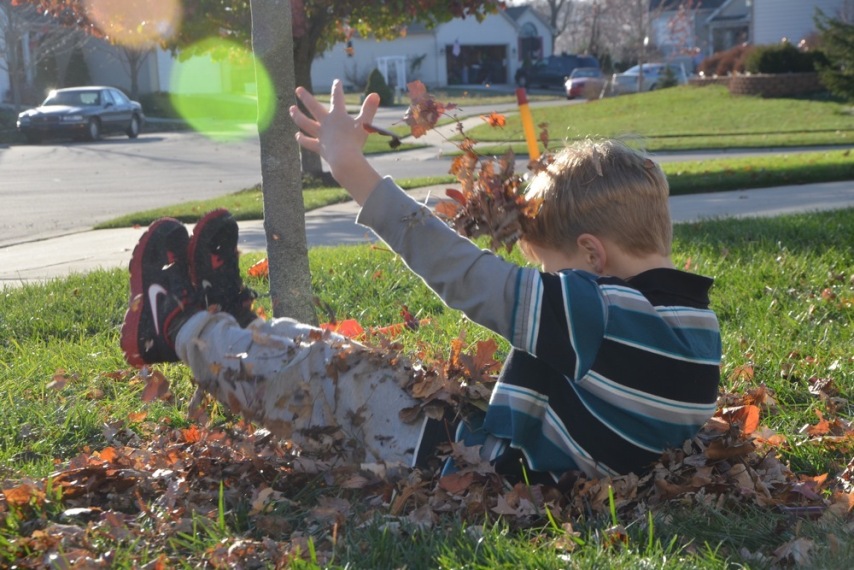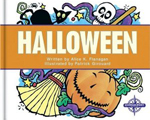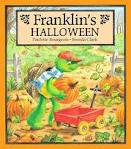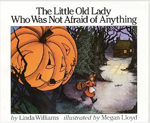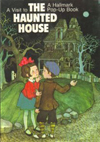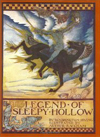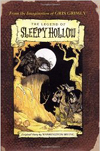How animals move: invertebrates (BFSU B7 I, plus the major phyla)
We talked two weeks ago about the skeletons in our bodies and our similarities to other vertebrates, then over the last two weeks we moved on to the appropriate next subject: invertebrates. Plus, having already spent some time learning about Linnaean taxonomy, we also spent some time learning about the major animal phyla and how to identify members of each. We had fun drawing, coloring, reading, discussing, and even memorizing.
There are tons of books that would be good for this kind of study, and we used more than I'm listing here, but the following were some of our favorites.
 Classifying Invertebrates is just one book in the Classifying Living Things series, and we used all of those that pertain to the animal kingdom. These books make a lot of information feel very accessible with high quality pictures to help make the point. Unfortunately, no books published so recently can escape the bright colors, disruptive text variations, and poor page design that plague youth non-fiction these days, but this series is better than some (DK) and does follow a natural flow. I liked them and can recommend them.
Classifying Invertebrates is just one book in the Classifying Living Things series, and we used all of those that pertain to the animal kingdom. These books make a lot of information feel very accessible with high quality pictures to help make the point. Unfortunately, no books published so recently can escape the bright colors, disruptive text variations, and poor page design that plague youth non-fiction these days, but this series is better than some (DK) and does follow a natural flow. I liked them and can recommend them.
 The National Audoban Society Field Guide series is another set that we used for this exploration. In particular we used their Insects and Spiders, Reptiles and Amphibians, Birds, and Mammals books. We own all of these copies because I've picked them up at used book sales over the years, and for our purpose this week they were wonderful because they have beautiful, high quality photos presented in a natural order that shows similarities between sub-species. That being said, we own a completely different set of guides for our own field work (The Michigan field guides by Stan Tekiela, and books from the Peterson Field Guides series).
The National Audoban Society Field Guide series is another set that we used for this exploration. In particular we used their Insects and Spiders, Reptiles and Amphibians, Birds, and Mammals books. We own all of these copies because I've picked them up at used book sales over the years, and for our purpose this week they were wonderful because they have beautiful, high quality photos presented in a natural order that shows similarities between sub-species. That being said, we own a completely different set of guides for our own field work (The Michigan field guides by Stan Tekiela, and books from the Peterson Field Guides series).
 The Handbook to the Orders and Families of Living Mammals, by Timothy Lawler, is actually a college textbook that I was unable to part with. Lots of information, presented mostly on a college level, and only a few sketches of animals and their bones to assist with skeletal identification. It is leftover form my very favorite college course (from oh so many years ago) and remains one of my favorite possessions. Either for this reason, or because I trust him with it, or simply because it is truly a college book, Calvin is obsessed with this volume and spent more than a handful of hours during the week pouring over it.
The Handbook to the Orders and Families of Living Mammals, by Timothy Lawler, is actually a college textbook that I was unable to part with. Lots of information, presented mostly on a college level, and only a few sketches of animals and their bones to assist with skeletal identification. It is leftover form my very favorite college course (from oh so many years ago) and remains one of my favorite possessions. Either for this reason, or because I trust him with it, or simply because it is truly a college book, Calvin is obsessed with this volume and spent more than a handful of hours during the week pouring over it.
 Fireflies in the Night is from the annoyingly titled but very well written Let's-Read-And-Find-Out Science series. From what I can tell, the series was originally compiled back in the sixties, and even the revised versions are still wonderfully written. No dumbing down here, and no "eye-catching" gimmicks thrown in. The Stage 1 books, like this one, are pretty young for Calvin, but we still enjoy them. This is a go-to series for me.
Fireflies in the Night is from the annoyingly titled but very well written Let's-Read-And-Find-Out Science series. From what I can tell, the series was originally compiled back in the sixties, and even the revised versions are still wonderfully written. No dumbing down here, and no "eye-catching" gimmicks thrown in. The Stage 1 books, like this one, are pretty young for Calvin, but we still enjoy them. This is a go-to series for me.
 Earl The Earthworm Digs for His Life, by Tim Magner. This is a really cute book that tells the life story of an earthworm searching for the meaning of his life. Along the way he recognizes, and of course tell the readers all about, the importance of each insect he passes by, worrying all the while that he has no important reason to be there. In the end, of course, we all discover that he is particularly important, and by that time we have also learned how he is born and how he functions. Sweet.
Earl The Earthworm Digs for His Life, by Tim Magner. This is a really cute book that tells the life story of an earthworm searching for the meaning of his life. Along the way he recognizes, and of course tell the readers all about, the importance of each insect he passes by, worrying all the while that he has no important reason to be there. In the end, of course, we all discover that he is particularly important, and by that time we have also learned how he is born and how he functions. Sweet.
 Book reviews,
Book reviews,  Science | tagged
Science | tagged  BFSU,
BFSU,  animals,
animals,  taxonomy
taxonomy 




